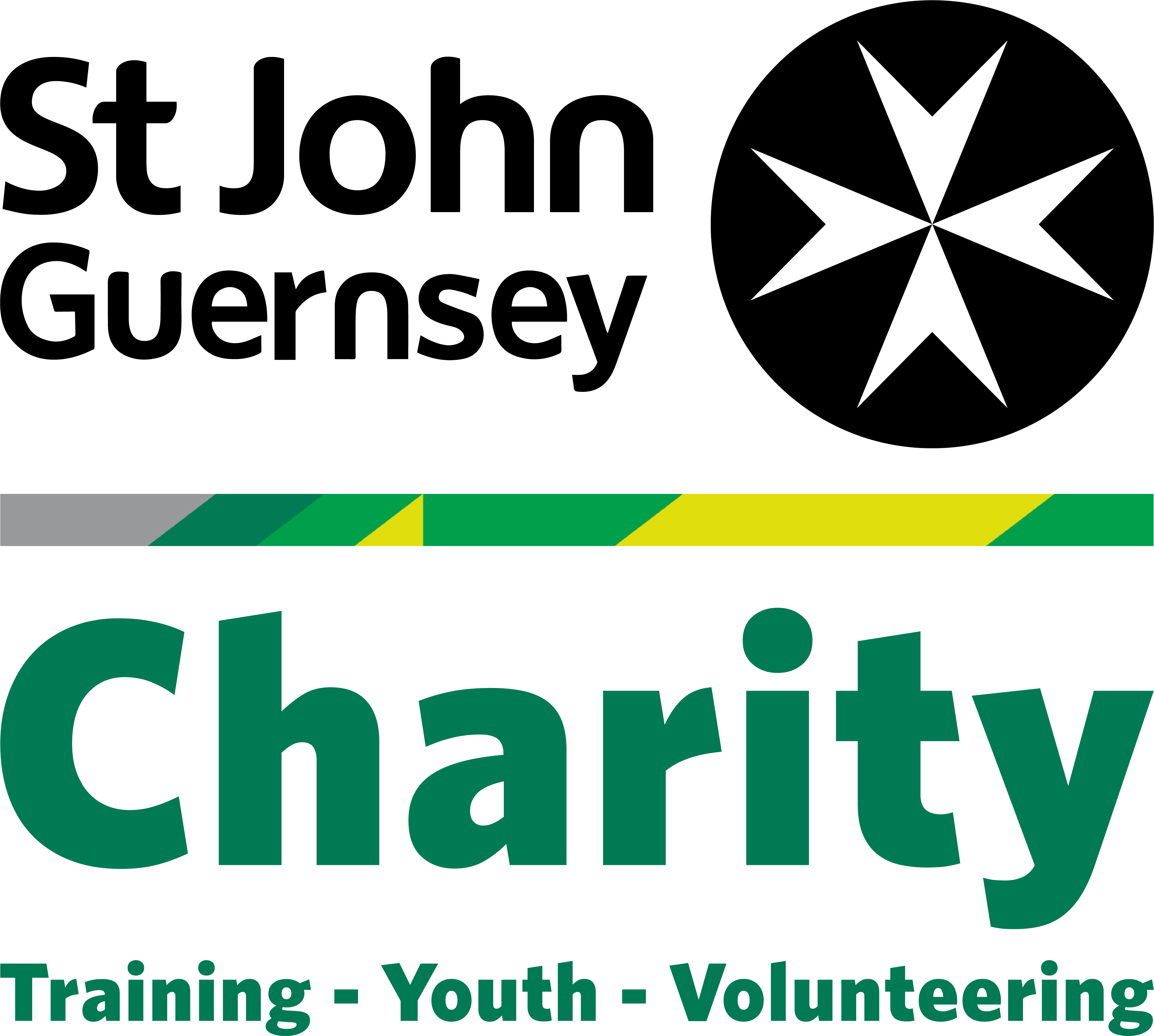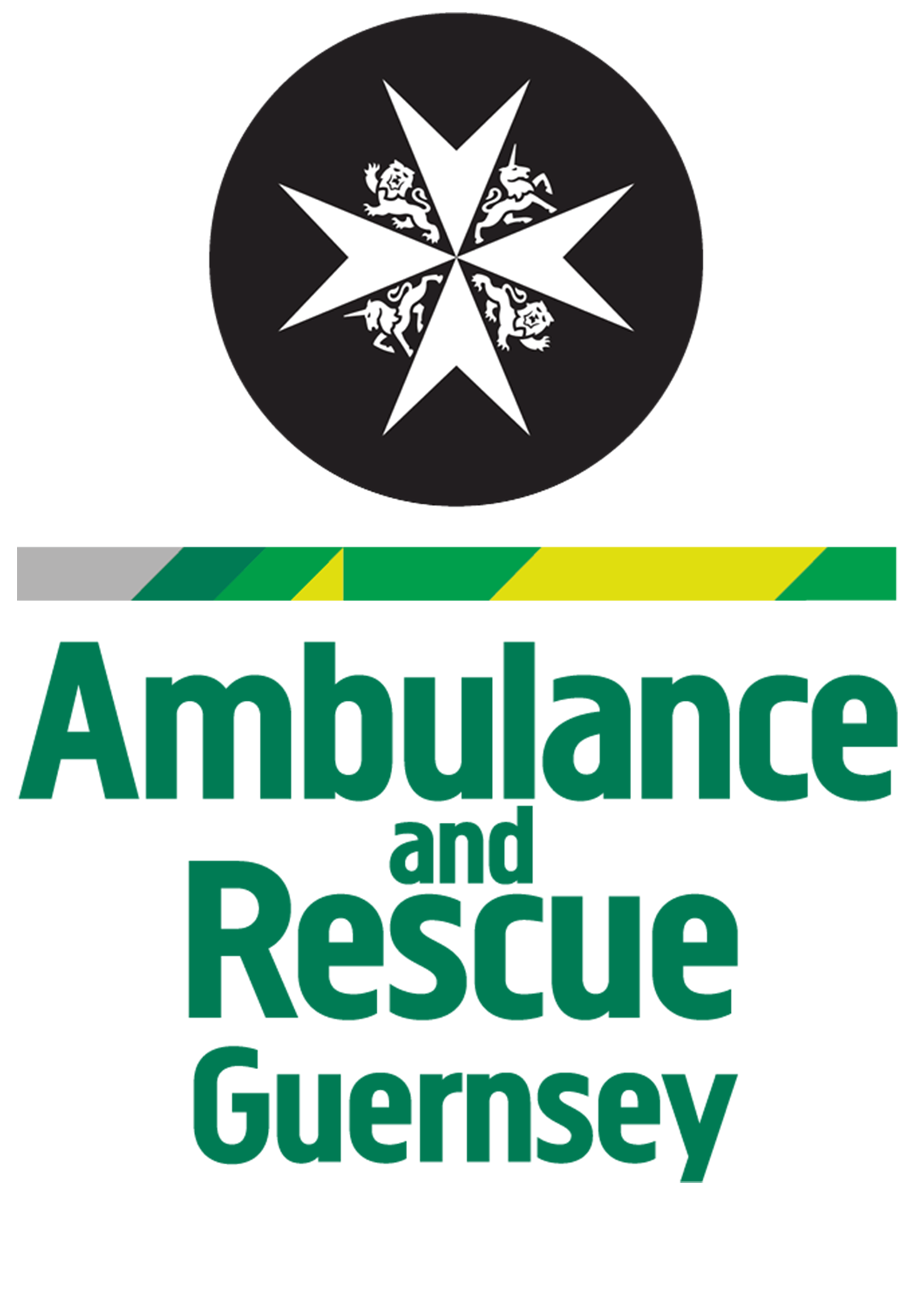A wide variety of individuals work for St John either as staff or give up their time and skills to volunteer, and the organisation relies on all of them to provide a wide range of services for the community.
For 30 years Steve Dorrity has been a keen mountaineer so, three years ago when he saw a call for volunteers to help set up a voluntary cliff rescue service he was quick to sign up.
Says Steve: ‘As a mountaineer and climber I have the skills to be able to carry out the roles competently, I know the local cliffs very well, I enjoy the challenges and problems that we have to solve and I enjoy the camaraderie of being part of a team. When you are mountaineering you are normally with just another climber. I enjoy problem solving on the cliffs with 10 to 12 others alongside you.
‘My most rewarding experience was being principle during the rescue of two men caught by the tide while scrambling near Petit Port. The rescue was challenging and technical and being able to assist with a successful outcome was very satisfying.
Steve explains that up until three years ago the Cliff Rescue Team was manned by staff members of St John.
‘There was a general invite when they decided to seek volunteers and as I have been a mountaineer for more than 30 years, formerly worked as a full time climbing instructor and had rescue experience in the Lake District for many years, I decided to step up.’
He says that quite a few experienced climbers showed interest to create a voluntary rescue team and originally it was thought it would take a year for this to happen.
‘We did our standard 16 hour first aid course and had four days specialist training from instructors at Plas Y Brenin, one of the National Mountaineering Centres in Wales who said we were already up to speed and could attend emergency calls.’
Steve explains that the team was already very adept at basic climbing and rope skills.
‘Nearly everyone was part of the Guernsey Mountaineering Club and we are training on the cliffs every week in summertime. We already know about how to build anchors and were adept with ropes and harnesses as we use them all the time.’
He says that the rescue personnel work with five paramedics who are trained to abseil and climb but who are the ones responsible for treating the casualties.
‘We are in charge of the rescue and could veto a paramedic climbing if it was deemed too dangerous but that situation is rare as the cliffs are relatively easy to negotiate. There can be instances where a casualty is at the cliff base and has to be evacuated before the tide rises but we are trained to give support in getting patients onto stretchers and how to move them safely. We are also trained to give medical gases, immobilise patients and put on collars.’
He says that since it was created the team has not been very busy.
‘We have had three call outs, and one was to rescue a dog that had gone down a cliff. In these situations you rescue the dog to prevent the owner attempting to do so and getting into difficulties. We also go down to investigate vehicles that have been pushed over cliffs to ensure that there are no casualties inside them.’
Steve says for him the satisfaction is twofold.
‘It is cost effective for St John for us to work as volunteers and cost effective for the island for us to utilise our skills.’
‘I do see the role as a challenging one but I also get a lot of enjoyment and satisfaction from working with the team. I also get to update my climbing techniques because the skills we learn, like creating pulleys, are the same as those you need in the Alps. The training helps me keep my skills updated too.’
There are three main roles within the team, top team that help anchor the team, face team who go down to the casualty and the principal who is in overall charge of the rescue.
‘Some people are more keen on certain areas than others though I am qualified for all three roles. But every role is vital and securing the ropes is a technical and vital job – especially as I am often on the end of the rope!‘
Most members are drawn from the mountaineering club and say Steve; they do have a list of people waiting in the wings.
‘We train every four to six weeks and it is a challenging role but a rewarding one and allows us to use our skills and give something back to our community. ‘
We are grateful to the Guernsey Press for use of the imagery and text which were published in January 2017.


